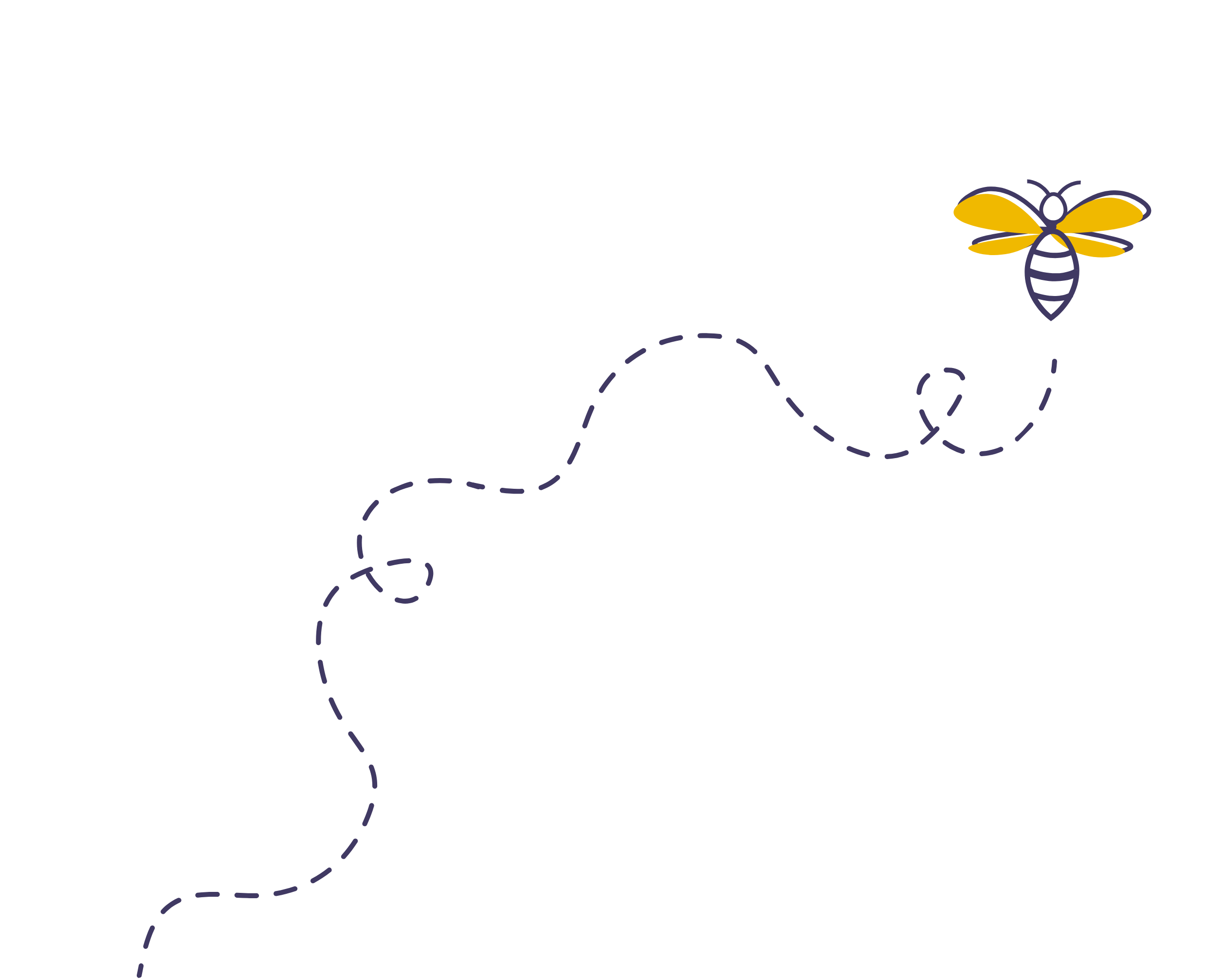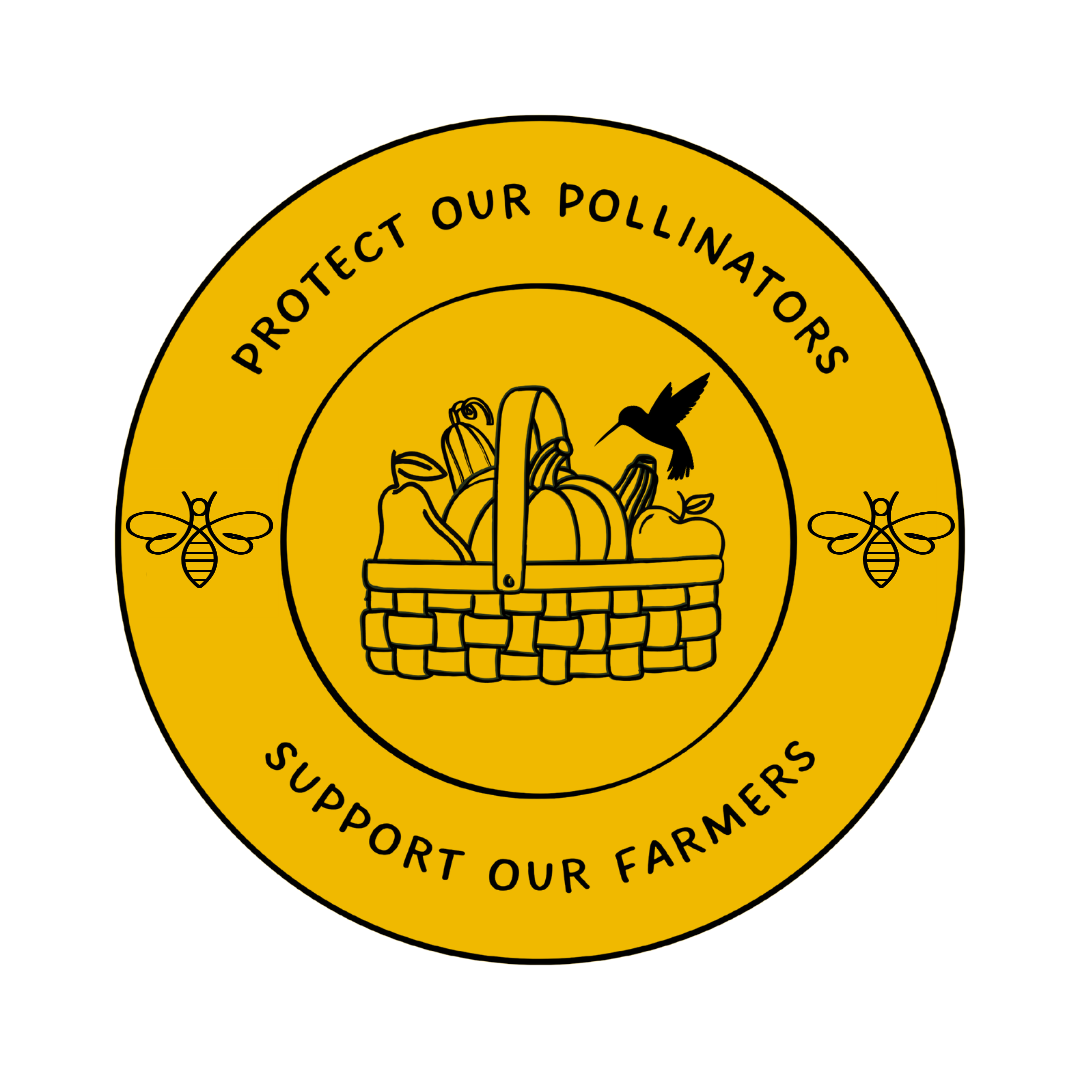
FAQs
-
H.706 (Pollinator Protection Act) is a science-based policy designed to reduce the widespread and unjustified use of neonicotinoid-treated seeds and protect Vermont’s pollinators, birds, and aquatic life from environmental contamination with these highly toxic insecticides, while also ensuring that farmers can still use these treatments when necessary.
-
The bill will restrict access to neonicotinoid treated seeds in order to reduce unjustified use in some crops, but it is not a strict ban. In cases where growers experience relevant pest pressure and lack alternatives, they will be able to apply for an emergency exemption from AAFM for use of neonicotinoid seed treatments.
-
Neonicotinoids are extremely toxic to bees. A tiny amount—just four billionths of a gram—can kill an adult honey bee. This is a vanishingly small quantity. For reference, this lethal dose is 15,000 times smaller than a grain of salt. These insecticides are about a thousand times more toxic to bees than diamides, the leading alternative coating for corn seeds.
Neonicotinoids contribute to honey bee losses and declines in native pollinators, birds, and aquatic invertebrates. They also contaminate soil and water, affecting soil insects that play important roles in nutrient cycling and soil health, as well as the aquatic invertebrates that keep fish and bird populations fed and healthy.
-
Neonicotinoid seed coatings are the largest contributor to insecticide use in Vermont. The high end estimate of seed coating neonicotinoids applied across the state per year (7,410 lbs) is more than the volume of all other insecticides applied by certified applicators combined. Most neonicotinoid use is on corn seeds.
Neonicotinoid-treated seeds are overused, with nearly all corn, most soybeans, and about half of wheat acres in the U.S. using them. These insecticides are applied preventively, without documented pest presence or economic benefits, leading to widespread environmental contamination.
-
Over 90% of the neonic seed coating is not absorbed by the intended crop plants, but instead ends up in the soil, water, or in nearby plants. Neonicotinoids are water soluble chemicals that end up in pollen and nectar, where they are picked up by bees and brought back to developing babies.
During the planting of treated seed, about 2-3% of the seed coating is worn off the seed by friction in the planter, and gets blown around as dust in the air, landing on soil and plants around fields. This particulate matter loss, or “dust off,” from treated seeds has been linked to managed honey bee kills and longer-term impacts on bee health and survival.
-
Recent studies and emerging research indicate that treated seeds do not provide yield benefits to corn or soybeans in the vast majority of use cases. Researchers at Cornell University in NY released a comprehensive report on neonicotinoids, which examined over 300 studies and concluded that neonic seed treatments in corn and soy do not provide consistent yield benefits. In a soy cropping system, researchers from Penn State Extension found that neonic seed treatments actually decreased soy yield because they reduced the density of insect pest predators that prey on pest species.
In other words, farmers are paying for insecticides that they do not need. In the case of treated seeds, we are using insecticides with known environmental cost with little to no evidence of economic benefits.
-
No, honey bee colony counts are not a valid measure of bee health or the beekeeping industry’s growth. Instead, scientists and beekeepers use colony loss (the number of colonies a beekeeper loses in a year) as a better indicator of honey bee health. Over the most recent five-year period for which data are available, Vermont beekeepers lost an average 53% of their hives every year. These bee farmers work hard and spend resources to split hives and replace losses every year. In a 1,000-colony operation, the costs associated with replacing half of the colonies annually can exceed $100,000; Vermont beekeepers have reported that these economic losses are catastrophic and unsustainable.
Chronic pesticide exposure weakens immune function in bees, resulting in colonies that are more susceptible to Varroa mite infestations and other parasites and pathogens (e.g., Doublet et al. 2015). Honey bees are also more vulnerable to neonicotinoids at cold temperatures; in the winter, bees can be killed by low levels of neonics that they are able to withstand in summer (Saleem et al. 2020). Year-round Vermont beekeepers are likely to experience greater hive losses than migratory beekeepers that move their bees south for the winter.
Managed honey bees are the canary in the coal mine for the many species of wild bees living around us, providing pollination, that in many cases are even more vulnerable to the impacts of pesticides. Of Vermont’s 350 wild bee species, at least 55 require immediate conservation action, and pesticides are among the known threats to their persistence. Many wild, native bee species are more sensitive to neonics than managed honey bees (Raine & Rundlof 2024).
-
Widespread use of neonicotinoids on seeds can lead to the development of pest resistance to these insecticides, making neonicotinoids less effective over time. Increasing pest resistance to neonicotinoids has been documented in other crops planted near seed-treated row crops, leading to increasing use of other insecticides in those crops. Reducing unnecessary use of neonicotinoids is crucial for maintaining their effectiveness for other crop pests.
-
H.706 provides farmers with a five-year grace period to transition away from neonicotinoid-treated seeds, aligning with New York’s timeline. The phase out does not occur until 2029, allowing time for additional research on pest management, alternative solutions, and the economics of seed treatments, as well as time for the seed market to respond.
-
In 2019, Quebec restricted the use of neonicotinoid-treated seeds unless verified by an agronomist, significantly reducing the acreage of silage and grain corn treated with neonicotinoid seed treatments without any reported loss of yields. Quebéc researchers found that less than 5% of corn acres derive yield benefits from insecticide seed treatments, because overall pest pressure in the region is low (Labrie et al. 2020). The vast majority of corn acreage was using this product without a justified need.
-
Neonics accumulate in our environment and are highly persistent for years after use. The upper limit half-life of three of the most toxic neonicotinoids range from 335 days to 19 years (Goulson 2013). For this reason, it may take many years before we see measurable improvements in bee health after neonics use has ceased. However, in Italy, beekeepers have reported far fewer bee health problems linked to corn planting since the suspension of neonicotinoids (Sgolastra et al 2017).
Recovery takes time. After DDT was banned in 1972, it took a decade or more for the populations of many bird species to recover. Species like the bald eagle and peregrine falcon returned to pre-DDT levels after 25 years.
More Resources
-
Sources Cited:
American Bird Conservancy (2023). Neonics: How are birds affected? Article Infographic.
Eng, M., Stutchbury, B., and Morrissey, C. (2019). A neonicotinoid insecticide reduces fueling and delays
migration in songbirds. Science 365, 1177-1180. https://www.science.org/doi/10.1126/science.aaw9419
Goulson, D. (2014). Pesticides linked to bird declines. Nature. Ecology Research News and Views. Vol 511, p 295-296. https://www.proquest.com/docview/1547948125?sourcetype=Scholarly%20Journals
Hallmann, C., Foppen, R., van Turnhout, C. de Kroon, H., and Jongejans, E. (2014). Declines in insectivorous birds are associated with high neonicotinoid concentrations. Nature 511, 341–343. https://www.nature.com/articles/nature13531
Kern, H. (2023). Birds and Neonic-Coated Seeds. American Bird Conservancy, Pesticides and Birds Campaign. https://dariuszzdziebk.wpenginepowered.com/wp-content/uploads/2022/11/Neonic-Fact-Sheet-_11.18.2022-1.pdf
Li, Y., Miao, R., and Khanna, M. (2020). Neonicotinoids and decline in bird biodiversity in the United States. Nature Sustainability volume 3, pages1027–1035. https://www.nature.com/articles/s41893-020-0582-x
Mineau, P., and Kern, H. (2023). Neonicotinoid insecticides: Failing to come to grips with a predictable environmental disaster. American Bird Conservancy. https://abcbirds.org/wp-content/uploads/2023/07/2023-Jul20-ABC-Neonicotinoid-Insecticides-Report.pdf
Pimentel, D. (2005). Environmental and economic costs of the application of pesticides primarily in the United States. Environment, Development and Sustainability 7: 229-252. https://www.beyondpesticides.org/assets/media/documents/documents/pimentel.pesticides.2005update.pdf
Roman, J. and Erickson, J. (2015). Economics of Conservation in Vermont Final Report. Gund Institute for Ecological Economics, Rubenstein School of the Environment and Natural Resources University of Vermont Burlington, VT 05405. https://fpr.vermont.gov/sites/fpr/files/Recreation/Learn_More/Library/Economics%20of%20conservation%20report%20final7_8_15.pdf
Rosalind B. Renfrew (ed.). 2013. The Second Atlas of Breeding Birds of Vermont. University Press of New England. 576 pp. https://doi.org/10.6084/m9.figshare.11499330.v1
Rosenberg, K., Dokter, A., Blancher, P., Smith, A., Smith, P., Stanton, J., Panjabi, A., Helft, L., Parr, M., and Marra, P. (2019)., Decline of the North American avifauna. Science 366: 120-124.
Shambaugh, N. (2016). Organic Contaminants of Emerging Concern in the Lake Champlain Basin: A Review of Current Knowledge (Technical Report No. 99). Grand Isle, VT: Lake Champlain Basin Program. https://www.lcbp.org/wp-content/uploads/2016/03/99_Organic-Contaminants-of-Emerging-Concern-in-the-Lake-Champlain-Basin-FINAL-05-05-2021-revision.pdf
Stanton, R., Morrissey, C., and Clark, R. (2018). Analysis of trends and agricultural drivers of farmland bird declines in North America: A review. Environment 254: 244-254. https://www.sciencedirect.com/science/article/pii/S016788091730525X#:~:text=Here%2C%20we%20found%20that%2057,2).
